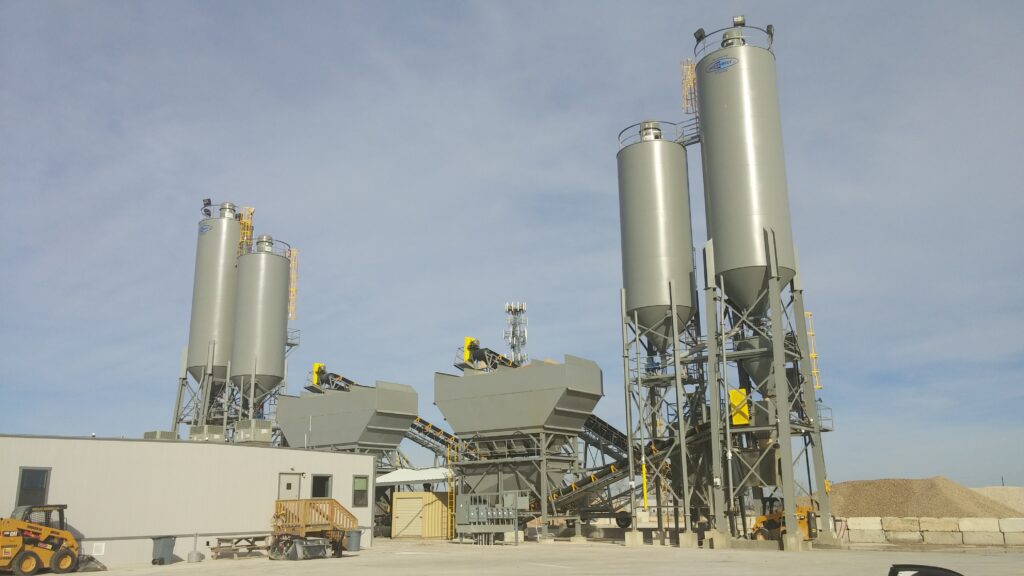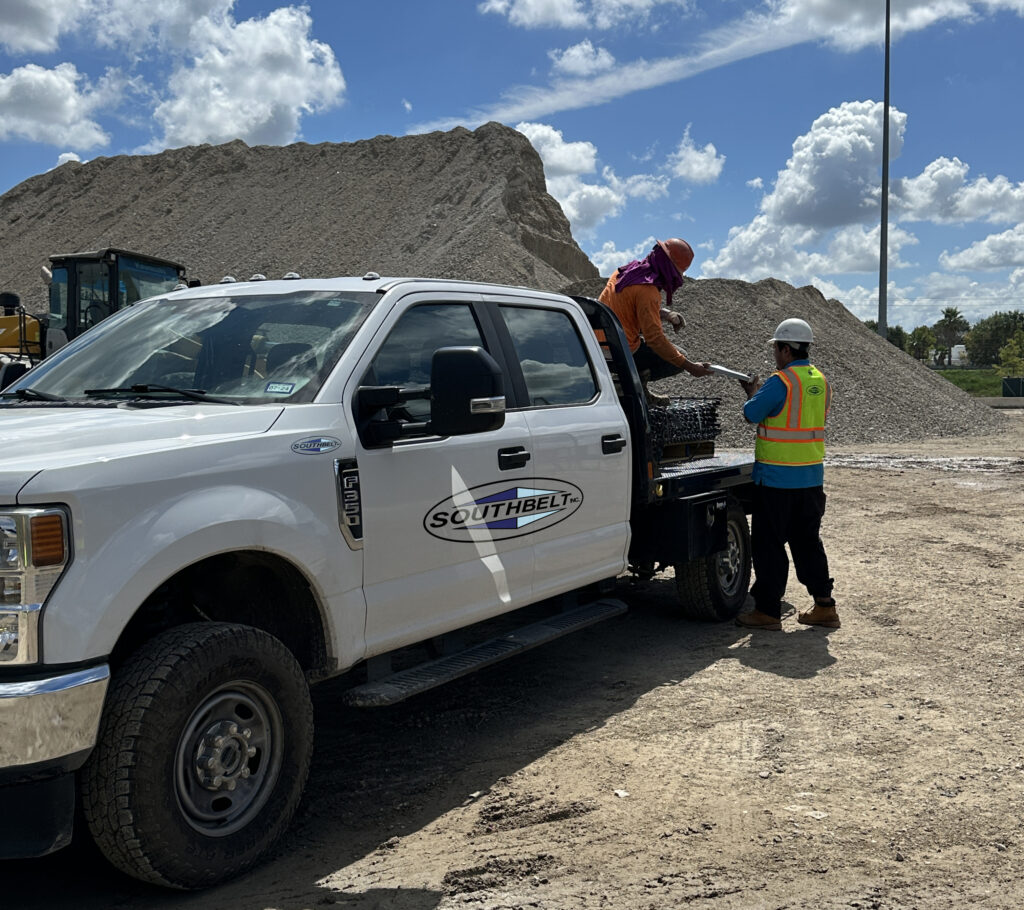
A concrete plant, also known as a batch plant or batching plant, is a facility used to manufacture concrete by combining various ingredients. These ingredients typically include water, aggregate (gravel, sand, or rocks), cement, and other additives. Concrete plants come in various configurations, but they all serve the same primary purpose: to produce high-quality concrete efficiently and consistently.
Stationary concrete plants are fixed installations designed for long-term use. They are ideal for large projects where a consistent supply of concrete is required over an extended period. These plants are typically more extensive and have higher production capacities compared to portable options.
Portable concrete batch plants are mobile units that can be transported to different construction sites. These plants are perfect for projects requiring a flexible and temporary concrete supply solution. They are easy to set up and dismantle, making them ideal for short-term projects or remote locations.
One of the primary benefits of using a concrete plant is the ability to produce concrete with consistent quality. Concrete plants are equipped with precise measuring and mixing equipment, ensuring that the proportions of ingredients are accurate. This consistency is crucial for the durability and strength of the finished product.
Using a concrete plant can significantly increase the efficiency of a construction project. With a dedicated facility for producing concrete, construction teams can receive a steady supply of concrete without the delays associated with off-site batching. This efficiency can lead to faster project completion times and reduced labor costs.
Although the initial investment in a concrete plant can be substantial, the long-term cost savings can be significant. By producing concrete on-site, construction companies can reduce transportation costs and minimize waste. Additionally, the ability to produce concrete on demand can help avoid the costs associated with ordering too much or too little concrete from external suppliers.
Concrete plants can also offer environmental benefits. By producing concrete on-site, the need for transportation is reduced, which can lower carbon emissions. Additionally, many modern concrete plants are designed to minimize waste and utilize recycled materials, further reducing their environmental impact. associated with ordering too much or too little concrete from external suppliers.
Portable concrete batch plants offer a level of flexibility and adaptability that can be highly beneficial for various construction projects. These plants can be easily moved to different locations, making them ideal for projects with changing needs or remote sites. This adaptability can help ensure that construction projects stay on schedule and within budget.
The phrase “plant growing through concrete” often symbolizes resilience and adaptability. Just as a plant can find a way to grow through a seemingly impenetrable surface, a well-planned construction project can overcome challenges and obstacles by using the right tools and strategies, such as a concrete plant.
In the construction industry, resilience and adaptability are crucial. Projects often face unexpected challenges, such as weather delays, supply chain disruptions, or changes in project scope. By using a concrete plant, construction teams can better adapt to these challenges and find innovative solutions to keep their projects on track.

Concrete plants are commonly used in large-scale infrastructure projects, such as highways, bridges, and dams. For example, the construction of a new highway may require a consistent supply of concrete over an extended period. A stationary concrete plant can provide this steady supply, ensuring that the project stays on schedule and within budget.
Portable concrete batch plants are ideal for remote construction sites where access to ready-mix concrete suppliers may be limited. For instance, building a wind farm in a remote area may require a temporary concrete plant to produce the necessary concrete on-site. This approach can help reduce transportation costs and ensure that the project remains on schedule.
In urban development projects, space can be limited, and traffic congestion can make transporting concrete challenging. A portable concrete batch plant can be set up on-site or nearby, reducing the need for transportation and minimizing disruptions to the surrounding area.
When selecting a concrete plant for your project, consider the following factors:
The size and scope of your project will determine the type of concrete plant you need. For large-scale, long-term projects, a stationary concrete plant may be the best option. For smaller, short-term projects or remote locations, a portable concrete batch plant may be more suitable.
Consider the production capacity of the concrete plant. Ensure that the plant can produce the required amount of concrete within the desired timeframe. It’s essential to choose a plant with a capacity that matches your project’s needs to avoid delays and inefficiencies.
Budget is always a crucial factor in any construction project. While a concrete plant can offer long-term cost savings, the initial investment can be significant. Evaluate your budget and determine whether a stationary or portable concrete plant is the best fit for your financial constraints.
If environmental sustainability is a priority for your project, consider choosing a concrete plant with eco-friendly features. Look for plants that minimize waste, utilize recycled materials, and reduce carbon emissions.
Using a concrete plant can provide numerous benefits for construction projects, including consistent quality, increased efficiency, cost savings, environmental benefits, and flexibility. Whether you choose a stationary concrete plant for a large-scale infrastructure project or a portable concrete batch plant for a remote construction site, the right concrete plant can help ensure the success of your project.
By understanding the advantages of using a concrete plant and considering factors such as project size, production capacity, budget, and environmental impact, you can make an informed decision that will benefit your construction efforts. Just as a plant growing through concrete symbolizes resilience and adaptability, a well-chosen concrete plant can help your construction project overcome challenges and achieve its goals.
HOUSTON:
8518 South Loop E Houston, TX 77017
713-645-9099
SAN MARCOS:
1110 FM 1339 Kingsbury, TX 78638
830-372-8929
DALLAS:
4525 Maxey Rd Alvarado, TX 76009
682-518-6622